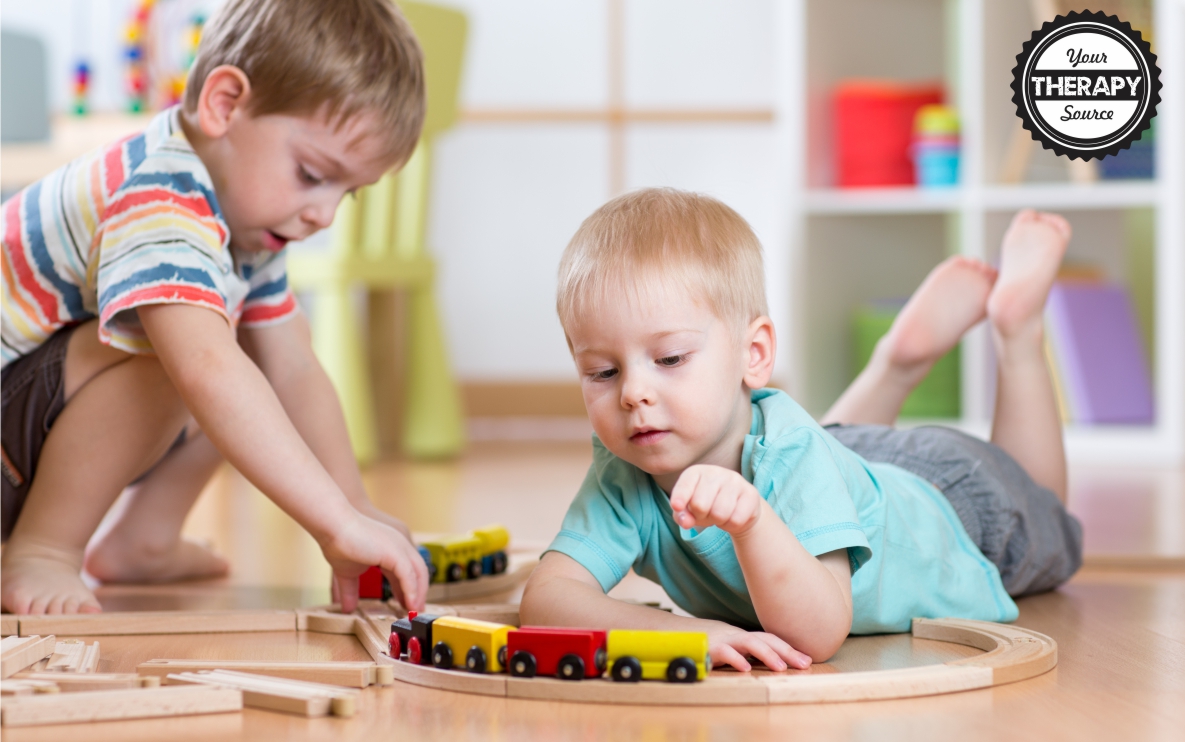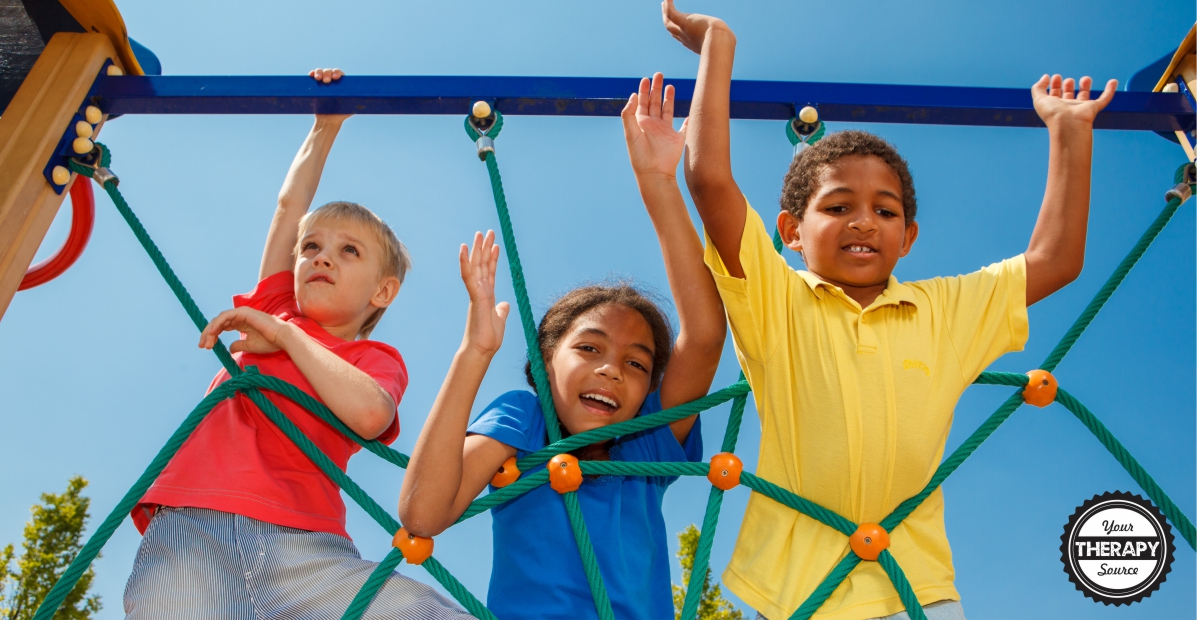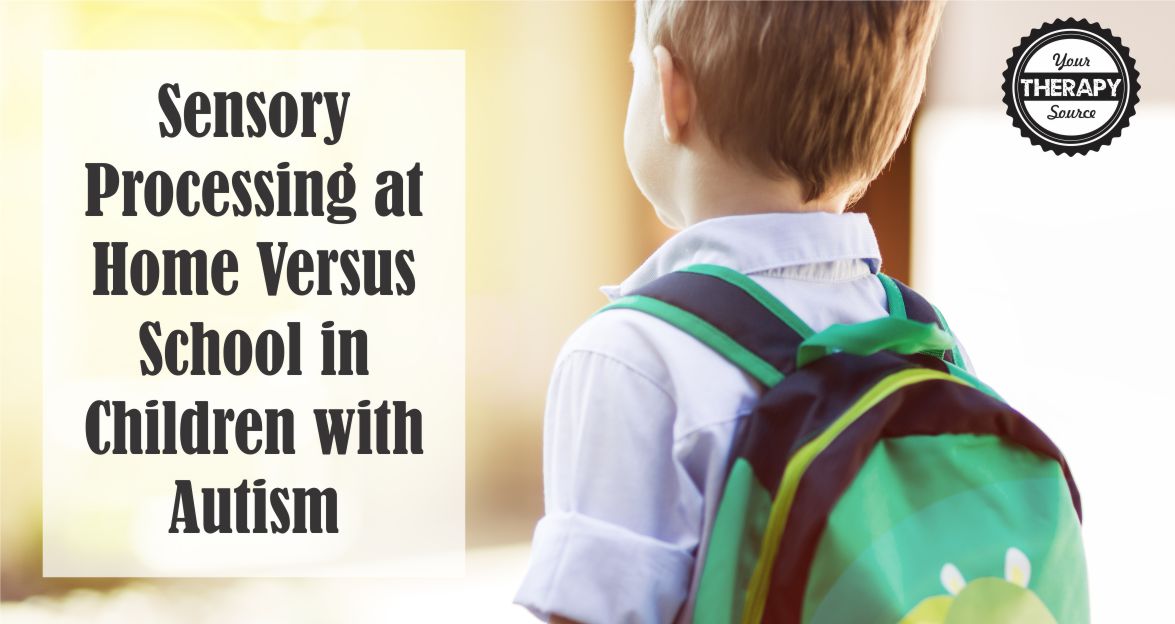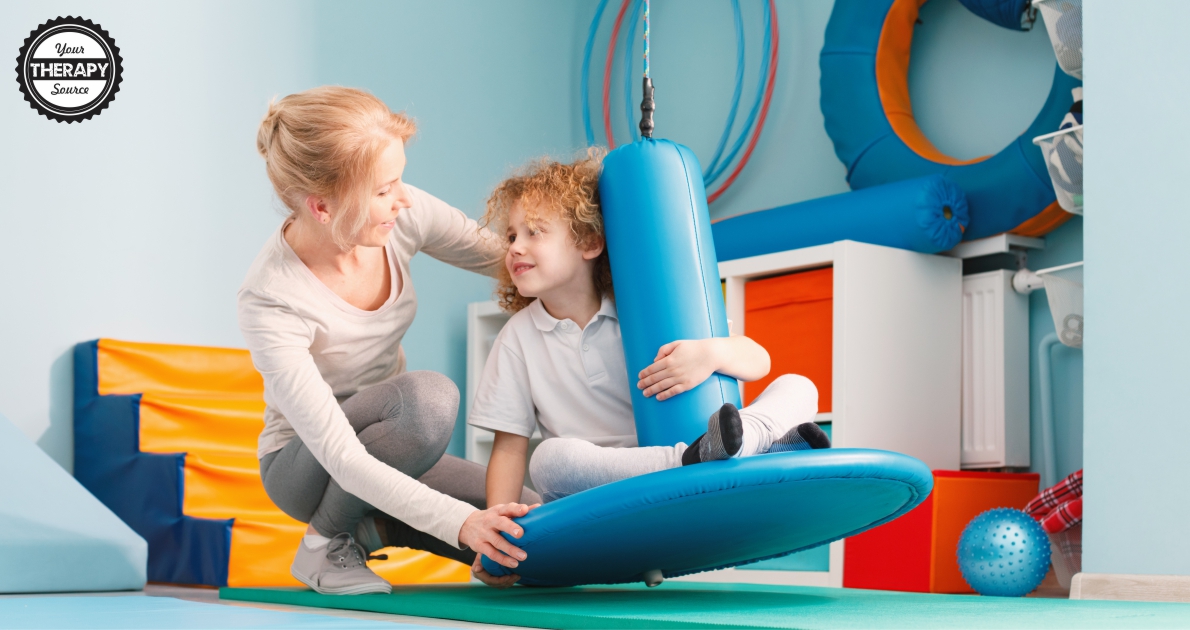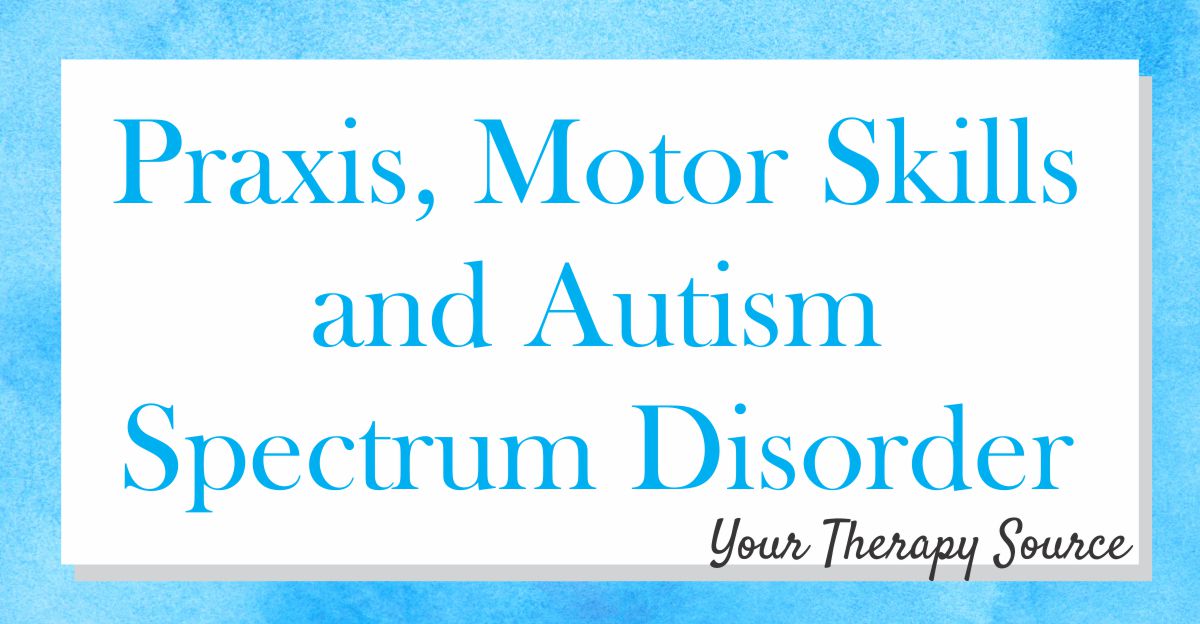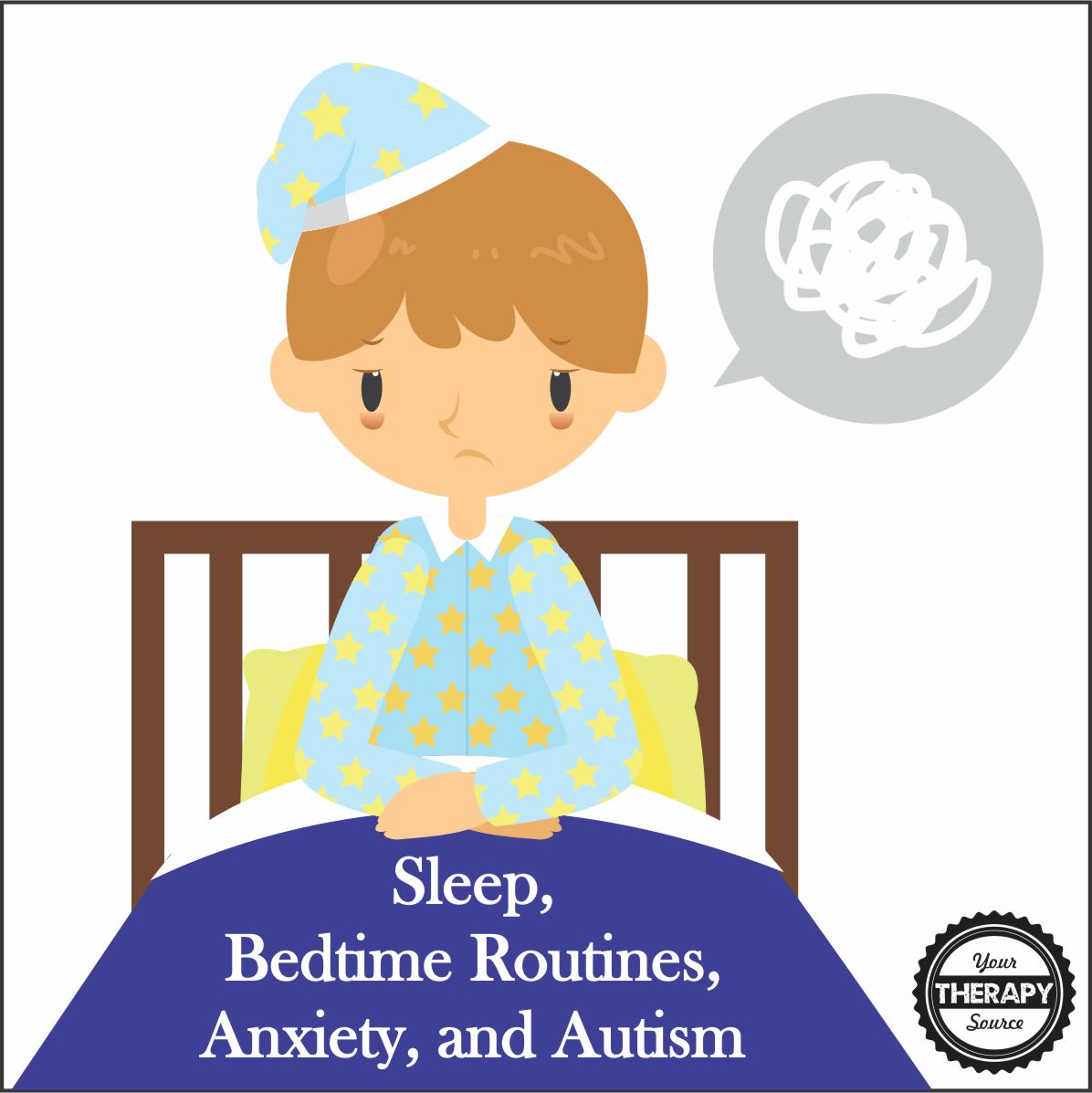Autism and Friendship Skills
If you are a pediatric therapist or special education teacher, you have probably helped when it comes to students with autism and friendship skills. We all know that children with autism want friends, but it can be a struggle. Having friends is so important for all children’s emotional outcomes and quality of life. What does […]



